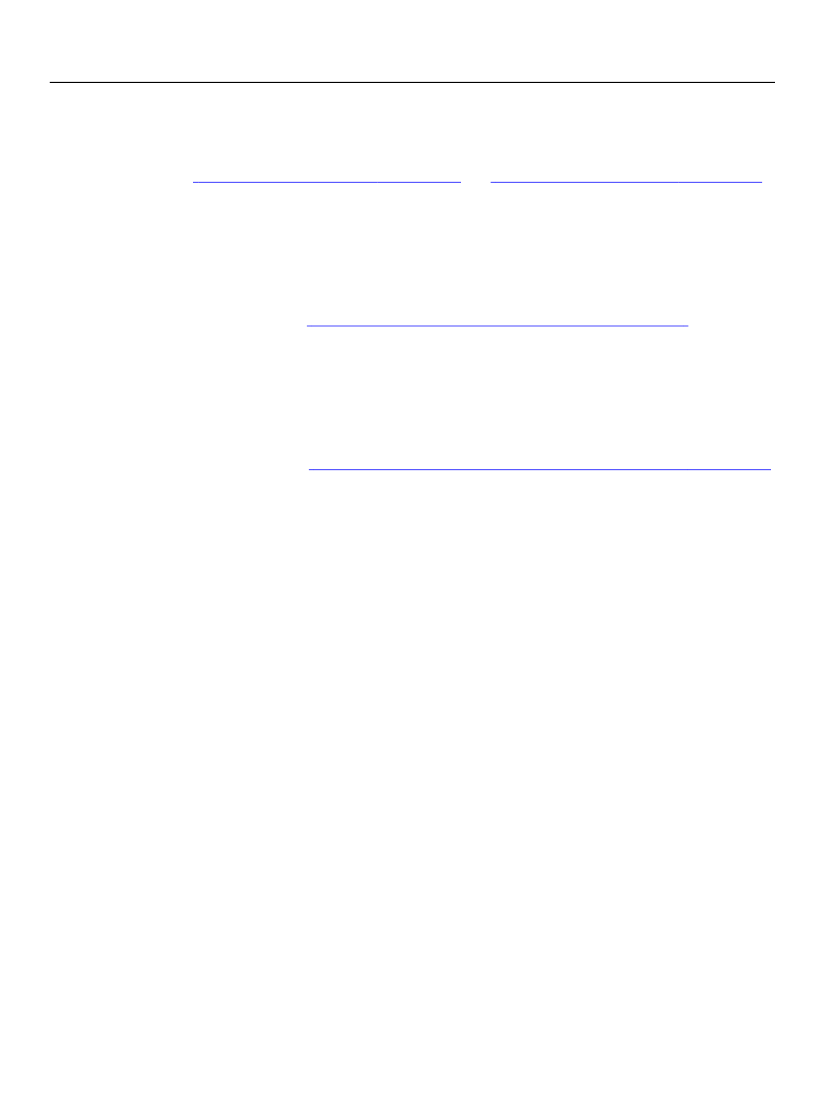
XFA Specification
New XFA Template Features
975
Picture clause symbols for zero and null values, version 2.2
Picture clauses now include picture clause symbols that can format/parse null data and zero data. These
new symbols are identified with category designators that identify them as applying to null data or zero
data. See
“Null-Category Picture Clauses” on page 931
and
“Zero-Category Picture Clauses” on page 932.
Retention of precision in decimal numbers parsed, version 2.2
When a decimal number is input parsed as the value of field that lacks a UI picture element, the XFA
processing application retains the specified number of digits to the right of the decimal point. The field
properties may specify an upper limit of fractional digits to retain or may specify the number of fractional
digits as being data-driven.
This change and the change
“Number picture clause symbol for fractional digits, version 2.2”
XFA processing applications to retain and format significant fractional digits entered for decimal numbers.
Number picture clause symbol for fractional digits, version 2.2
A new number picture clause symbol has been added that specifies the number of significant digits to the
right of the decimal radix (decimal point). If the fractional digit that corresponds with the symbol is
present in the data, it is included in the number. If it is not, it is represented as a space.
This change and the change
“Retention of precision in decimal numbers parsed, version 2.2” on page 975
allow XFA processing applications to retain and format significant fractional digits entered for decimal
numbers.
Compound picture clauses, version 2.1
Picture clauses may now include multiple parts, with each part calling out a specific locale or a specific
category of data. Such a compound picture clause is similar to a C-language union data type.
Symbols used for whitespace characters, version 2.1
Picture clauses may include the asterisk (*) or plus sign (+). For input parsing, these symbols indicate,
respectively, zero or more whitespace characters or one or more whitespace characters. For output
parsing, these symbols indicate a single space.
Support for Asian-Language Representations, version 2.1
The date, time, and number picture clauses now support for Asian-language representations. In particular,
they allow specification of the formats described below.
Imperial era years
Date picture clauses can specify that years be expressed relative to imperial era years. Additionally, date
picture clauses can specify a particular style of imperial era.
Imperial eras
assign a starting point for
counting years. They are equivalent to the Gregorian calendar’s implied assignment of AD to a year.
Ideographs
All time and date information may be expressed using ideographs. The particular script (ideograph
system) used may be the default for the prevailing locale or may be explicitly declared in the prevailing
locale.